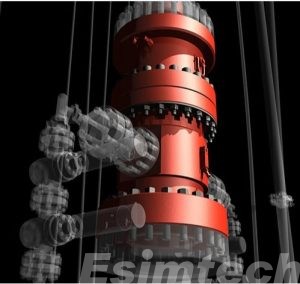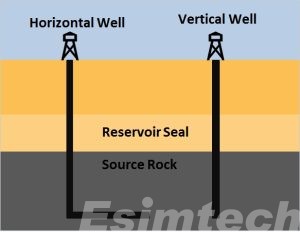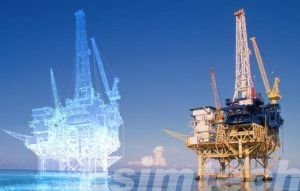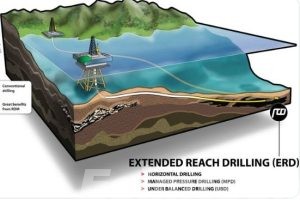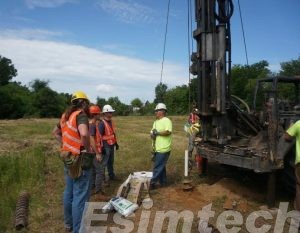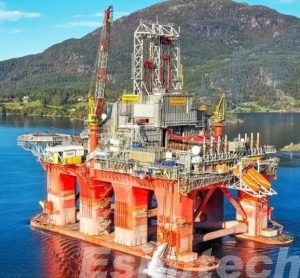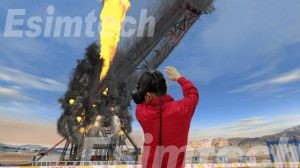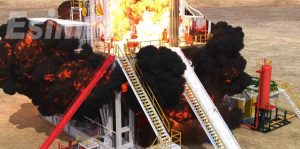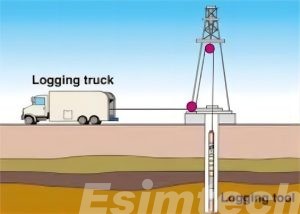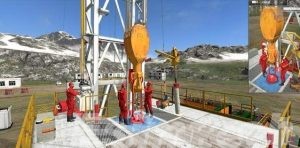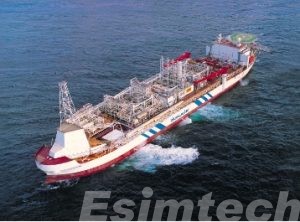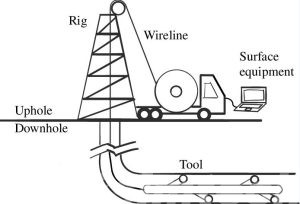How Managed Pressure Drilling is Revolutionizing Traditional Drilling Methods
Managed Pressure Drilling (MPD) has evolved as a novel way to oil and gas exploration, revolutionizing traditional drilling methods. This innovative drilling techniques provides dynamic control over wellbore pressure, reducing the…
What are the Processes of Onshore Oil Drilling
Onshore oil drilling is at the forefront of the global energy industry, helping to meet the world’s growing demand for hydrocarbons. The extraction of oil from beneath the Earth’s surface…
Technological Advancements in Oil Rig Installation
Oil rig installation refers to the process of assembling and setting up structures designed for the exploration and extraction of oil and gas from beneath the Earth’s surface. These installations are…
What are the Latest Developments in Extended Reach Drilling and How is Simulation Technology Used in It
Extended-reach drilling (ERD) has transformed the oil and gas industry, allowing operators to tap into previously inaccessible sources. ERD drilling has advanced significantly in recent years, transforming the oil and…
How People Learn Drilling
Mastering drilling techniques is essential across various industries, including oil and gas exploration, mining, construction, and geothermal energy. The learning process for drilling proficiency encompasses theoretical understanding, practical application, and continuous…
What are the Challenges of Hybrid Rigs in Offshore Energy Exploration
Hybrid rigs, which combine traditional drilling processes with renewable energy technology, provide numerous benefits while also posing certain obstacles. Addressing these challenges is critical to the effective deployment and widespread…
What are the Challenges of Oil and Gas Drilling in Harsh Environments
Oil and gas drilling in harsh environments, such as extreme temperatures, high pressures, and remote areas, provides a slew of challenges that necessitate creative solutions. In this article, we will…
Virtual Reality (VR) and Augmented Reality (AR) Simulations in Oil and Gas Safety Training
The oil and gas industry is a cornerstone of global energy production, yet its operations are fraught with inherent risks and hazards. Ensuring the safety of personnel engaged in exploration,…
A Comprehensive Guide to Well Logging
Well logging in the context of oil and gas refers to the process of obtaining information about the subsurface properties of a well. This is typically done by lowering instruments, known…
Well Workover vs Well Intervention: What are the Differences
Within the oil and gas industry, maintaining well performance is crucial. This often involves interventions, but the specific approach can vary greatly. Understanding the key differences between well workover and…
Why Floating Production Storage and Offloading Units are Important in Offshore Energy Extraction
Floating Production Storage and unloading (FPSO) units have emerged as game changers in the ever-changing environment of offshore energy extraction, providing a versatile and efficient solution for the production, storage,…
What’s the Process of Successful Well Intervention
Well intervention holds a pivotal position within the oil and gas sector, facilitating the enhancement of production by optimizing and maintaining oil wells. A comprehensive grasp of the nuanced well intervention…

